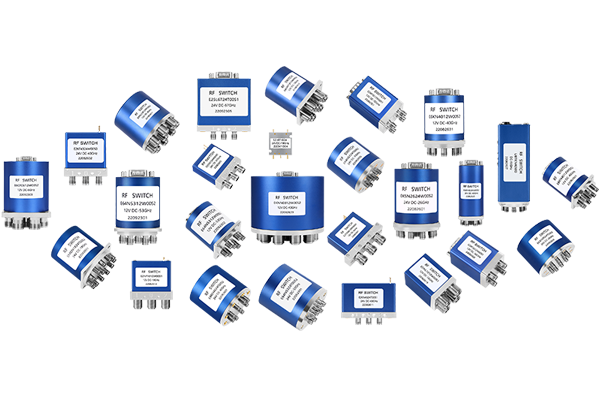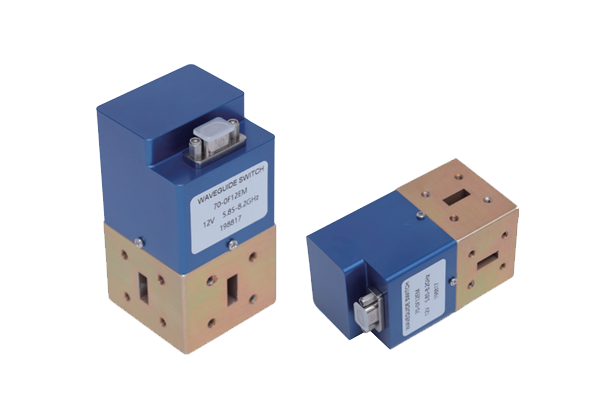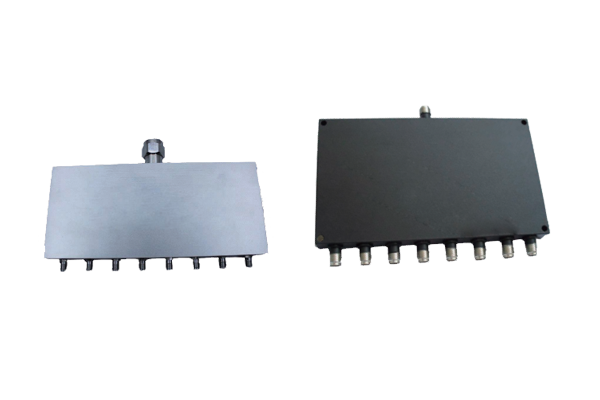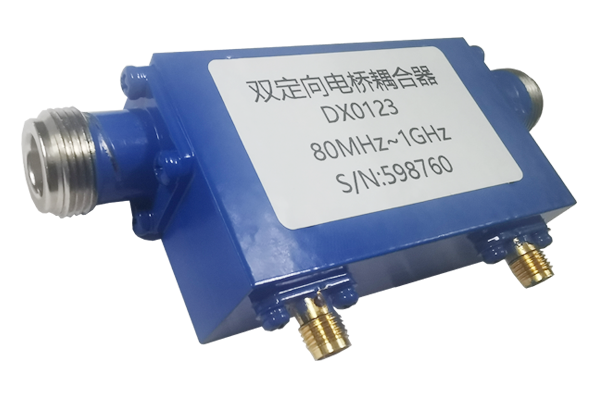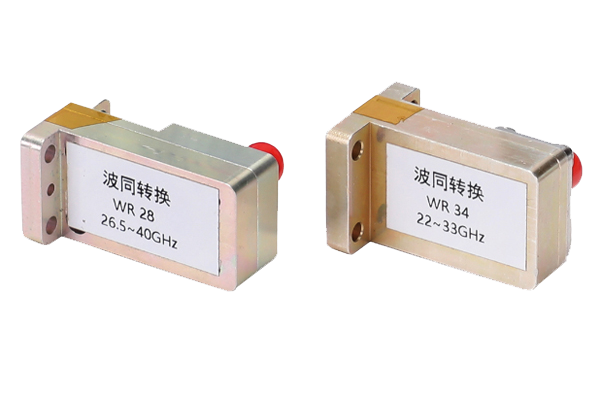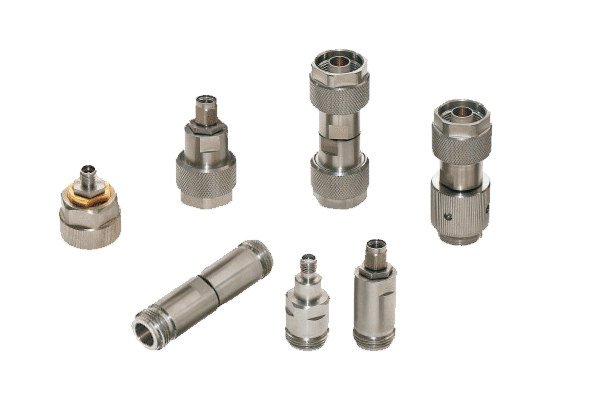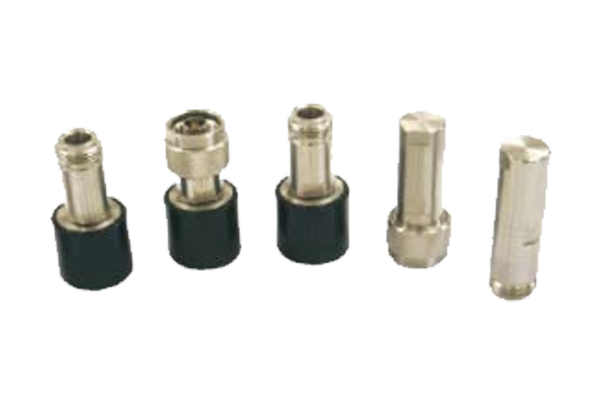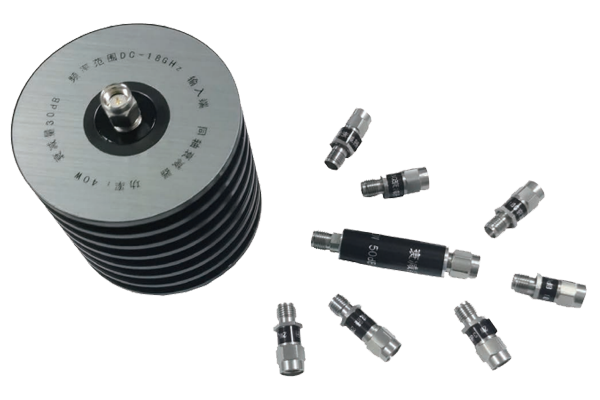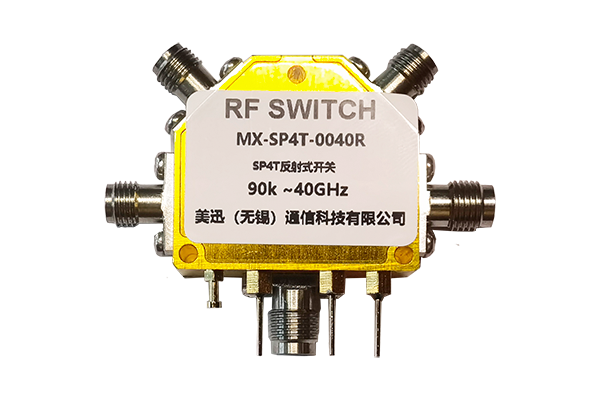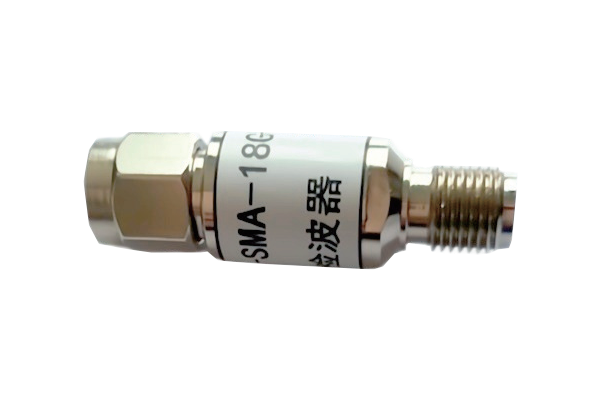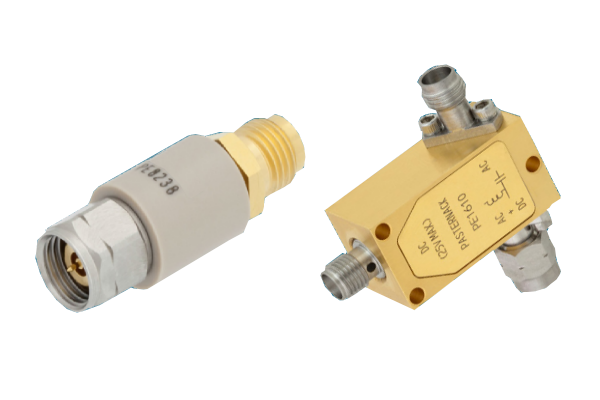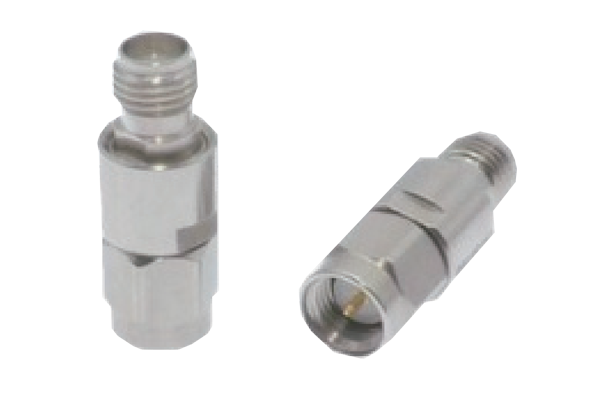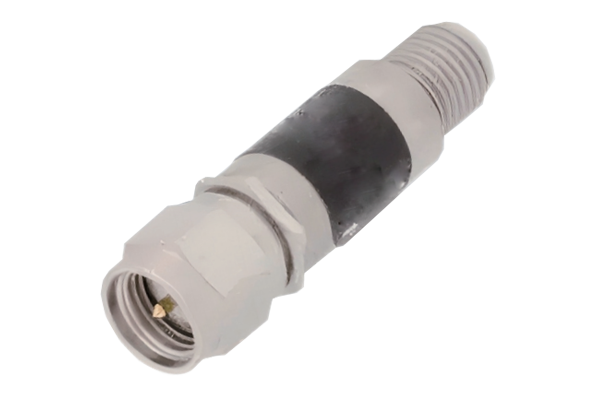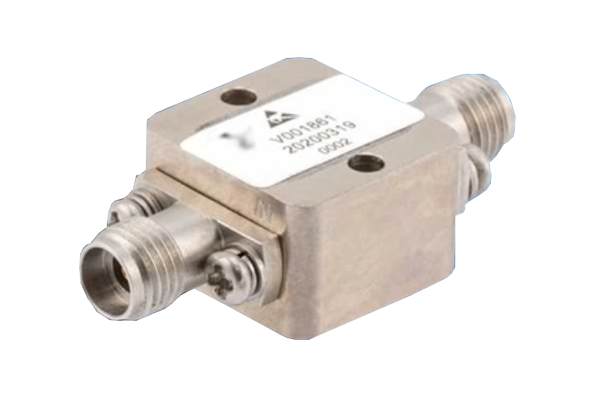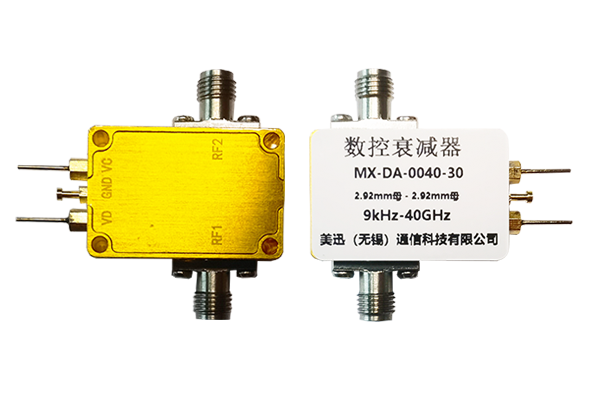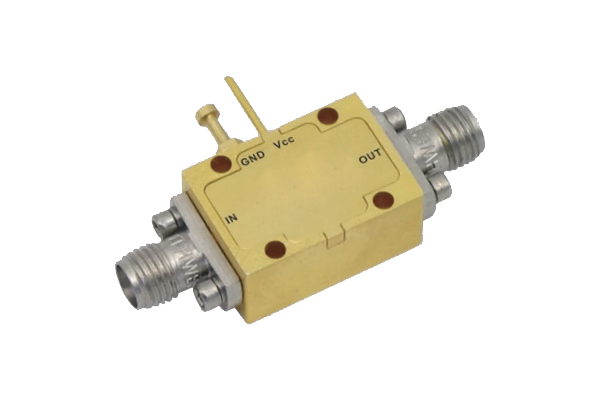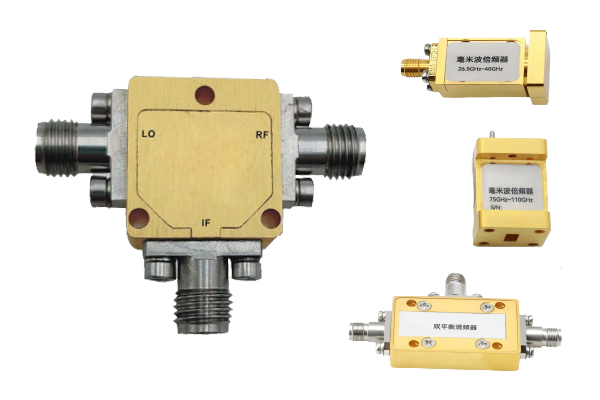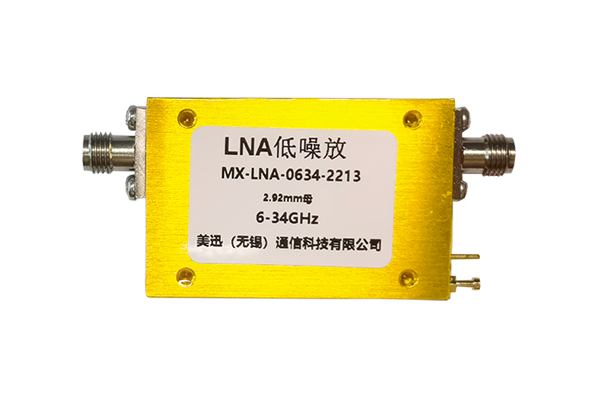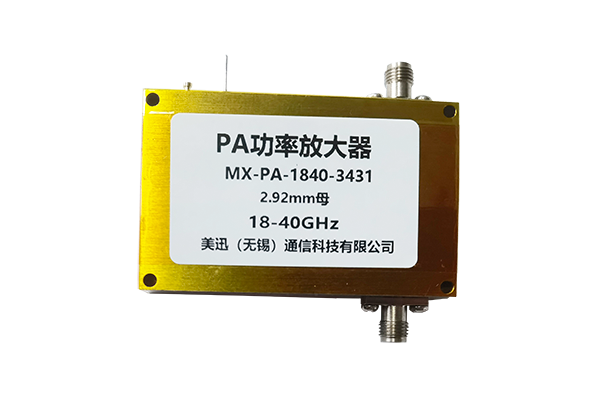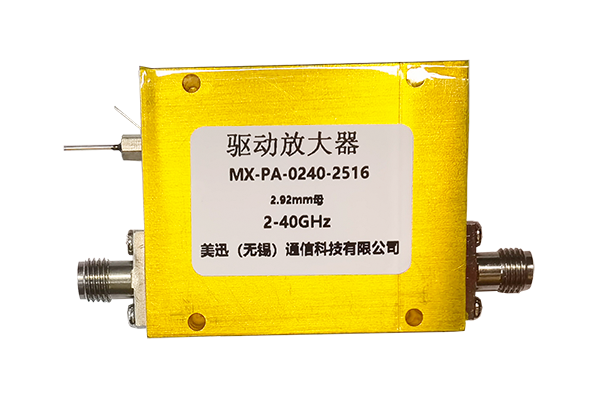How to Choose the Right Power Amplifier for Speakers
Power Amplifier Selection Guide for Speakers
1. Power Matching
-
Check speaker's RMS power rating (continuous handling capacity)
-
Select amplifier with matching or slightly higher power output
-
Avoid under-powering (causes distortion) and over-powering (risks damage)
Example: For 100W RMS speakers, choose 100-150W per channel amplifier
2. Impedance Compatibility
-
Match amplifier's impedance rating with speakers (typically 4, 6, or 8 ohms)
-
Ensure amplifier can drive speaker impedance without overheating
-
Check manufacturer specifications for minimum impedance requirements
3. Amplifier Class Selection
-
Class A: Highest sound quality but inefficient (generates heat)
-
Class AB: Balance between quality and efficiency
-
Class D: Highly efficient, compact, ideal for modern systems
4. Sound Quality Considerations
-
Look for low THD (Total Harmonic Distortion) ratings
-
Choose wide frequency response range (20Hz-20kHz or better)
-
Consider signal-to-noise ratio (higher is better)
5. System Configuration
-
Multi-channel amps for multiple speakers/subwoofers
-
Built-in crossovers for bi-amping or tri-amping setups
-
Bridgeable amplifiers for higher power applications
Pro Tip: Always verify compatibility between all components in your audio chain. Consider future upgrades when selecting amplifier power and features. When in doubt, consult with audio professionals or the equipment manufacturers.



